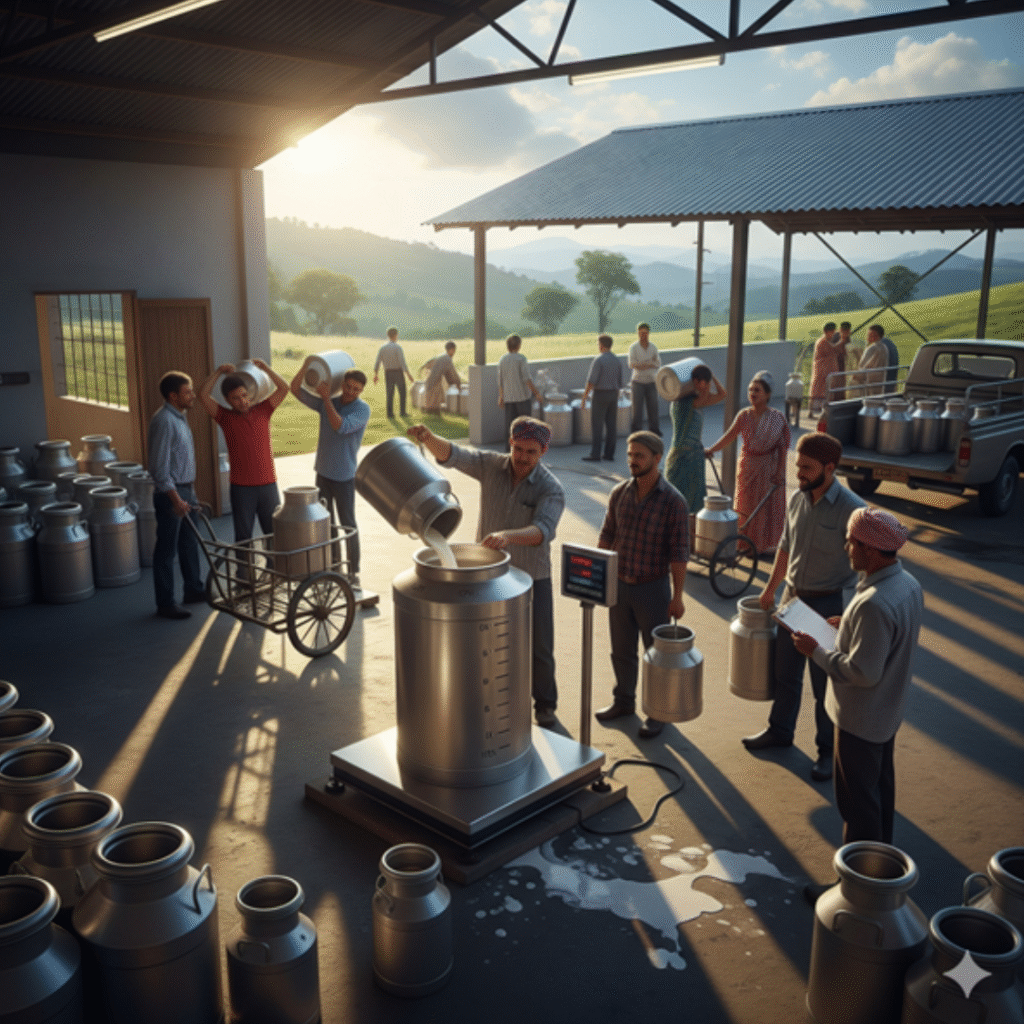
Introduction
India is the world’s largest milk producer, and dairy is not just an industry here—it’s a way of life. Millions of small farmers depend on it for daily income, while companies like Amul, Hatsun Agro, Parag Milk, and Heritage Foods bring milk, butter, and cheese to every household.
But behind the scenes, one factor quietly shapes the industry’s fortunes: tariffs. India’s high import duties and trade barriers have a direct impact not only on farmers but also on listed dairy companies and their investors.
Why India Keeps Tariffs High
India levies some of the highest import duties in the world on dairy products—often 30% to 60%, and in certain cases, above 100%.
This is intentional: cheap imports could hurt millions of small farmers who sell milk daily. Tariffs act like a protective shield, ensuring their livelihood remains stable.
Additionally, India enforces non-tariff barriers—such as certifications requiring that cows be fed vegetarian diets—which makes it extremely tough for U.S. or European dairy firms to enter the Indian market.
For investors, this translates into domestic stability. Local dairy companies operate in a market largely shielded from foreign competition.
The Export Puzzle
Here’s the paradox: despite being the milk capital of the world, India contributes less than 1% to global dairy exports.
Most of what we export is ghee, butter, milk powder, or whey protein. But if other countries—especially the U.S.—impose reciprocal tariffs, Indian exporters could face challenges. While the export base is small, niche players like Parag Milk (cheese and whey) could see margin pressures.
Stock Market Angle – Who Gains, Who Risks?
Beneficiaries of High Tariffs (Domestic Growth Story):
- Hatsun Agro Products – A South India leader with a strong procurement network. Protected from imports, it enjoys steady domestic growth.
- Heritage Foods – Focused on milk, curd, and value-added dairy. Tariffs help it maintain pricing power.
Mixed Bag – Export & Value-Added Players:
- Parag Milk Foods – Maker of Go Cheese and whey products. Domestic sales are protected, but export ambitions may face hurdles from foreign tariffs.
- Dodla Dairy – Expanding into Africa; sensitive to global trade shifts.
Unlisted but Market Influencer:
- Amul (GCMMF) – Sets pricing benchmarks for the entire industry, indirectly shaping listed companies’ performance.
👉 For investors: Tariffs create stability at home but limit global opportunities.
What Investors Should Watch
- Policy Changes: Any future trade deal that lowers tariffs could invite global players into India.
- Export Push: Government support for value-added dairy (cheese, probiotic yogurt) could help Indian firms compete abroad.
- Premiumisation Trend: Urban demand for flavored milk, cheese, and health-based dairy is rising—favoring companies that innovate.
- Global Tensions: Reciprocal tariffs from the U.S. or EU could pressure margins for export-oriented players.
Conclusion
Tariffs are more than just trade tools in India’s dairy sector—they’re about protecting farmer livelihoods and ensuring domestic stability. For now, this works in favor of domestic-focused companies like Hatsun Agro and Heritage Foods, giving them a safe growth runway.
But the future may demand a balancing act. If India wants to move from being a milk giant to a global dairy leader, it will need to gradually open up, invest in cold chains, and encourage innovation.
For investors, the opportunity lies in companies that are future-ready—those investing early in branding, product innovation, and export strategies.
